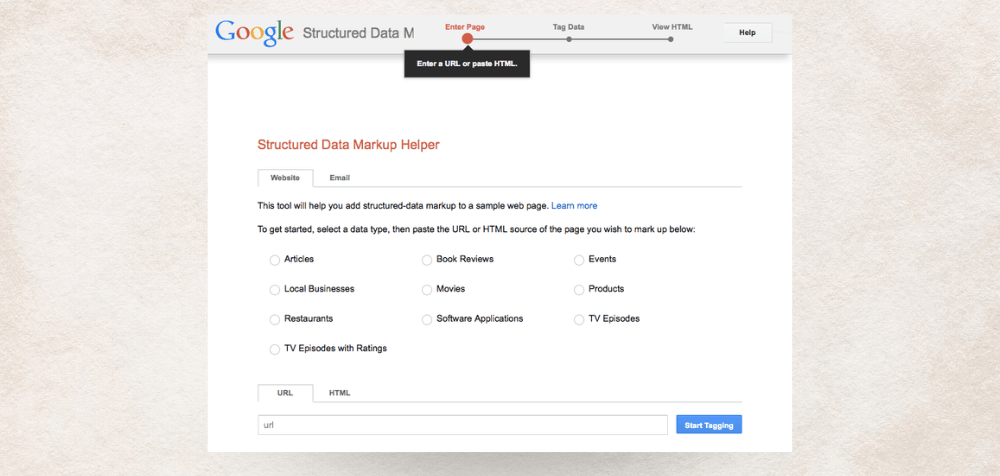If you own or manage a website, you likely want it to be as visible and easily understood by search engines as possible. One way to do this is by using structured data and schema markup. Structured data is a standardised format for providing information about a page and classifying the page content. Schema markup is a specific type of structured data that provides additional context and meaning to the content on a page.
By adding schema markup to your website, you can help search engines better understand the information on your pages and improve the way your website appears in search results.
Types of Schema Markup
There are numerous types of schema markup that cater to different kinds of content. Some of the most common types include:
- Article: Enhances news and blog posts.
- Product: Provides detailed information about products, including price, availability, and reviews.
- Local Business: Offers information about local businesses, such as address, phone number, and hours of operation.
- Event: Displays details about events, including date, location, and ticket information.
- Recipe: Enhances recipe content with cooking time, ingredients, and user ratings.
- Review: Showcases reviews and ratings from customers.
The Impact of Schema Markup on SEO
The primary goal of SEO is to improve a website’s visibility and ranking on search engines. Schema markup plays a pivotal role in achieving this goal by offering several benefits:
1. Enhanced Rich Snippets
Rich snippets are the enhanced descriptions that appear beneath the page title in SERPs. These snippets can include images, star ratings, prices, and other relevant information, making your listing more attractive to users. Schema markup enables rich snippets, increasing the likelihood of attracting clicks and improving your click-through rate (CTR).
2. Improved Visibility
By providing search engines with structured data, you increase the chances of your content being featured in rich results, knowledge graphs, and other enhanced search features. This improved visibility can lead to higher traffic and greater brand recognition.
3. Increased Click-Through Rates
Schema markup makes your search results more appealing and informative, encouraging users to click on your links. Higher CTRs can lead to improved rankings, as search engines consider user engagement when determining the relevance of a page.
4. Voice Search Optimization
With the rise of voice search, providing clear and structured data becomes even more critical. Schema markup helps search engines understand and interpret your content, making it more likely to be selected as a voice search result. This can be particularly beneficial for local businesses and informational content.
5. Reduced Bounce Rates
When users find relevant and informative content through rich snippets, they are more likely to stay on your site and engage with your content. This reduced bounce rate signals to search engines that your page is valuable and relevant, potentially boosting your rankings.
How to Implement Structured Data
Structured data can help you organize information on your website and communicate more efficiently with the search engines, but how do you implement it?
- Open Google’s Structured Data Markup Helper. This is a free tool that will help you create the code for your structured data.
- Select the data type you want to use and add the URL for the page. This will automatically collect any existing formatting.
- Highlight page elements and assign tags. From this page, you can highlight elements like images, sentences, and paragraphs, and assign tags to them.
- Create the HTML. The tool will create a snippet of code for you to add to the header of your page.
- Copy the HTML and add it to your page. You can add the HTML into your source code or CMS.
- Test your structured data using Schema.Org’s Schema Markup Validator. You can enter your URL or the HTML code to test whether the structured data is showing properly.
This process makes it simple to add structure to your data and helps Google understand crucial details about your pages.


